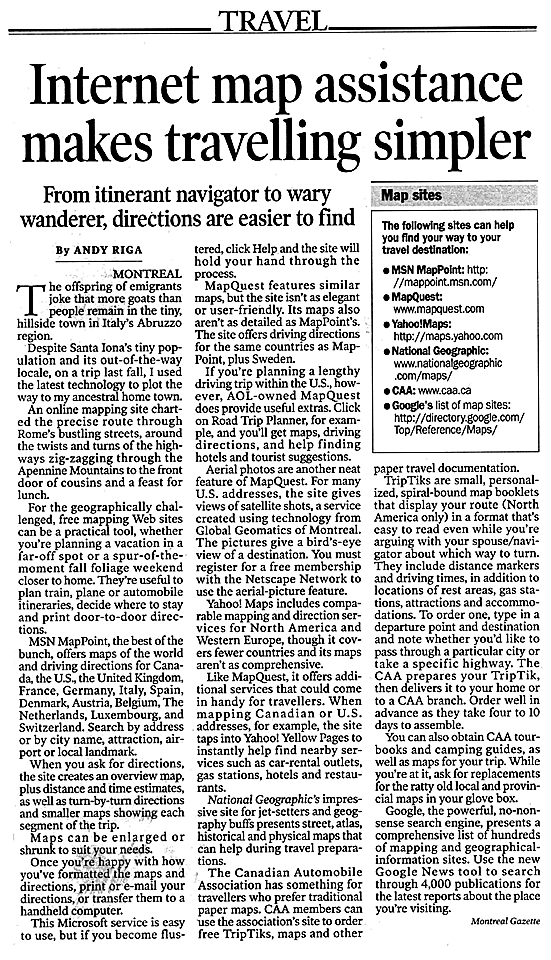Sun

Sun

Laura Neilson Bonikowsky
Sun

In this October, 1929 photograph from the New York Daily News, shocked stockbrokers gather to read the headlines on Black Tuesday, the day the Wall Street stock market tanked. Friday marks the 73rd anniversary of the legendary crash.

Associated Press People gathered across the street from the New York Stock Exchange in New York on Oct. 24, 1929 — the start of a five-day frenzy of heavy trading.
The current bear market, though marked by the effects of terrorism and the scandal of book-cooking corporate bigwigs, recalls the biggest stock market failure of them all.
In October 1929, the stock market crash devastated North America and sent a wave of economic failure across the globe. Today the Crash of 1929 is the yardstick by which we measure failure in the stock market.
By 1929, Canada had enjoyed 35 years of prosperity. Laurier’s famous prediction that the 20th century would belong to Canada was on everyone’s mind. Though the Great War had exacted a toll, Canada had comported itself well. The country’s entry into the League of Nations signified its coming of age. No longer merely a colony, Canada had become a nation.
In Canada and around the world, the 1920s were a time of post-war rebuilding, financial success and conspicuous consumer consumption. Increased industrialization fuelled economic growth and technological advances led economists to believe that growth would continue. Everyone and his dog, it seemed, invested in the stock market. With secure and rising salaries, small investors could speculate as much as the big guys and stock prices rose. The bulls running rampant in the stock market stampeded any idea of conservative investing.
Billions of dollars were invested in the market as people speculated and bought on margin, purchasing stock with cash down and borrowing the balance, using ownership of the stock as collateral. Buying on margin was extremely risky because it relied on a huge gain in the stock to pay the lender and make a profit for the investor.
Credit was never easier to get. The amount of unsecured consumer debt was staggering. Many investors greedily committed their life savings, mortgaged their homes and cashed in safer investments to make a fast buck in the market. Even banks, wanting to increase profits, speculated dangerously.
The economic boom was stimulated by an influx of immigrants pouring into the country to populate the West, though thousands of them were deported later when they lost their jobs. The West was built on borrowed money. Access to western products was facilitated by not one, but three railways whose lines often ran parallel to each other. When the railways went bust the taxpayers ended up holding the bag.
As Europe recovered from the war, there was less need for Canadian resources, such as wheat. Canada produced far more wheat than Canadians could consume and grain pools unwisely held back hoping for bigger profits. Grain elevators were filled to bursting with unsold grain as former customers turned elsewhere, leaving Canada with a glut of grain, despite the poor crop of 1929. Grain prices fell dramatically.
The only major customer was the U.S. If the American economy failed, Canada would be in trouble. On Oct. 24, the American stock market teetered. Millions of shares were sold in a selling frenzy. People lost fortunes and banks and businesses were forced to close. But the worst was yet to come. On Oct. 29 — Black Tuesday — the stock market crashed, followed by bank failures, falling prices, wage cuts and unemployment around the world.
Experts still debate the cause of the crash. In 1929, Canada had no monetary policy or central bank, so the market operated without government intervention. The economy could not sustain the rapid growth. Investors lost confidence in the market. The American government was blamed for not curbing the frenzy. The U.S., desperate to protect its economy, closed the door on Canadian goods. With Canada’s economy so closely allied with the U.S.’s, the New York crash devastated Canadian markets too.
Although the Crash of 1929 did not cause the Great Depression, it did contribute to it, as did the drought. In 1929 there was grain in the elevators but not in the fields. It was only a matter of time before there was nothing to sell, even at reduced prices. The ripple effect on the economy was profound. Failing crops meant less grain in elevators to be transported by rail, fewer mill deliveries, less flour delivered to bakeries — reduced employment throughout all the industries associated with agriculture.
Today, as stock exchanges suffer from corporate greed and farmers again struggle with drought, we can only hold our breath and hope this sense of deja vu passes quickly.
© Copyright 2002 Vancouver Sun
Sun

Sun

Les Twarog Vancouver Real Estate and Condo Blog is proudly powered by
WordPress
Entries (RSS)
and Comments (RSS).
Articles are from various sources and courtesy to The Vancouver Sun, The Vancouver Province, The Vancouver Courier, USA Today, and others.
Bad Behavior has blocked 10813 access attempts in the last 7 days.